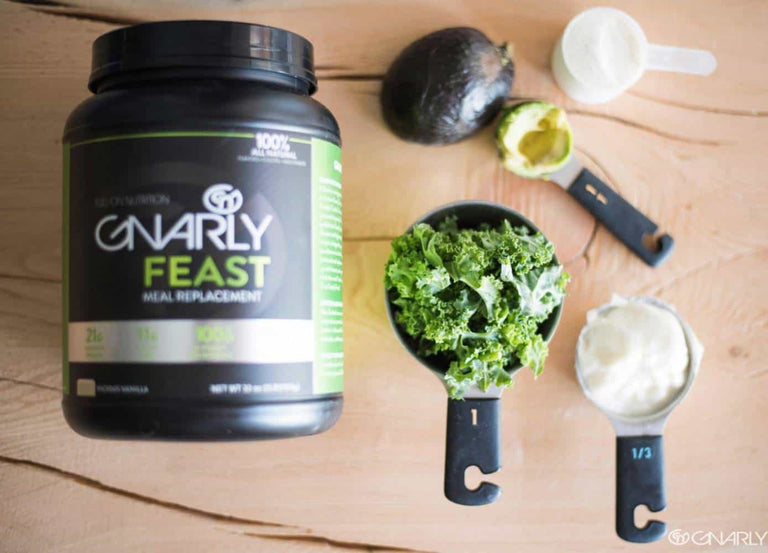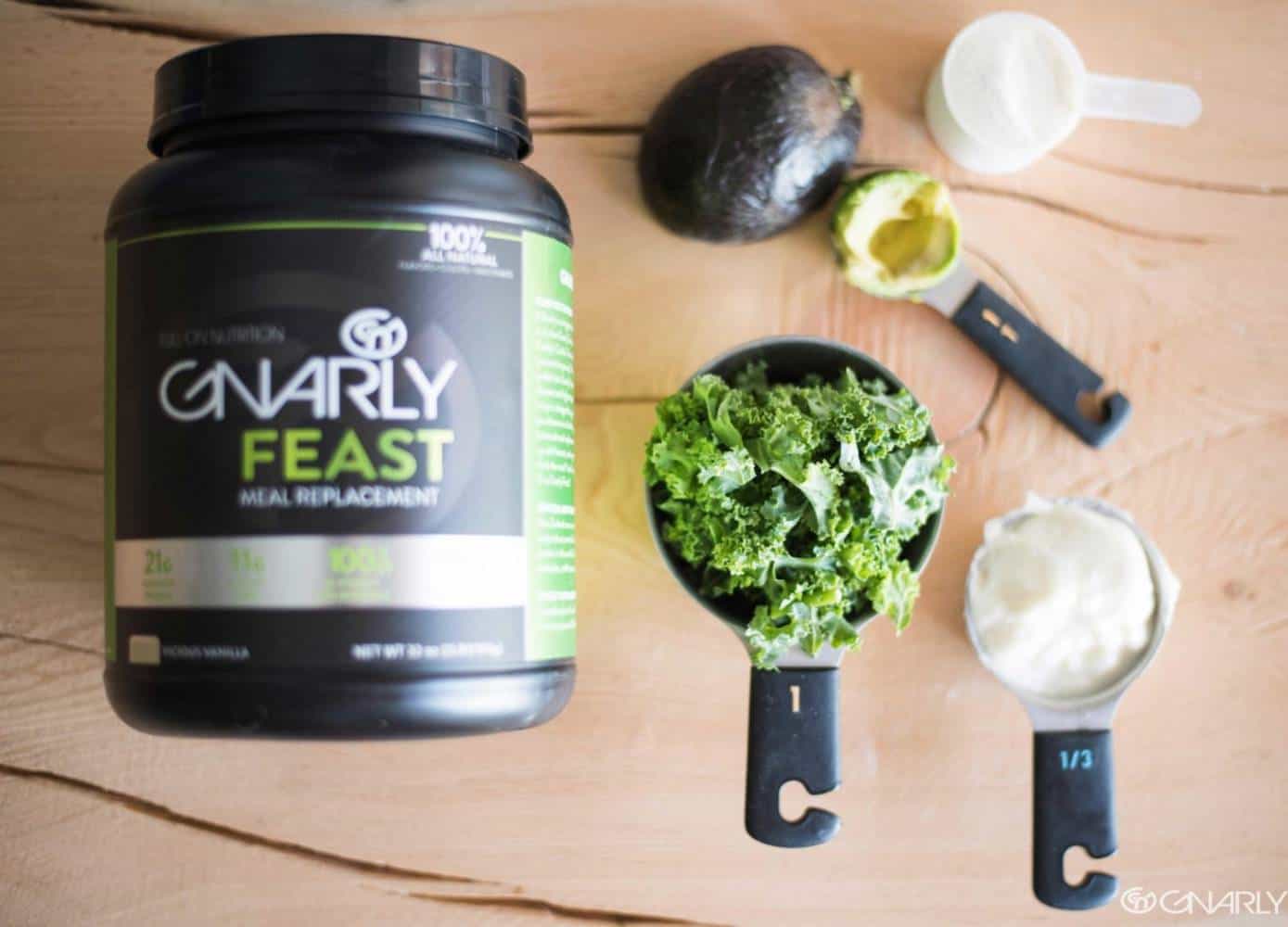Sadly, the common modern diet is less than ideal – for lots of reasons. In fact, several studies have found that not only is obesity on the rise, but so is malnutrition. Which is sort of an interesting confusing. If people are eating enough food to develop obesity, how can they also be deficient in valuable nutrients?
The answer rests in the concepts of nutrient of calorie density. Just because a food is full of calories from carbohydrates or fat, it does not mean that it has adequate levels of the other nutrients we need to be healthy – fiber, vitamins, minerals and other substances. To avoid falling into this overfed yet undernourished dietary pitfall, then, it’s important that we make an effort to get most of our calories from nutrient-dense foods. So, to help you do that, here is a handy list of the top 10 most nutritionally rich foods.
Eggs – Although their reputation has been a little rocky over the years, eggs are easily one of the most nutritious foods you can eat. And we’re talking about whole eggs, yolk and all. Yes, the yolk does contain some cholesterol but, fear not; Studies have shown that dietary cholesterol does not actually raise your cholesterol levels. The yolks do, however, come packed with protein, healthy fats and tons of vitamin and minerals. Eggs also offer large doses of the powerful, eye-protecting antioxidants lutein and zeaxanthine. There’s also plenty of choline, a nutrient that is vital to healthy brain function – which happens to be sorely lacking in the diet of many people.
Kale – Thanks to all the hype it’s enjoyed recently, you probably won’t be surprised to see kale on this list. The truth, though, is that it totally deserves it’s reputation. The leafy greens contain extremely high levels of Vitamin B6, Potassium, Calcium, Magnesium, Copper and Manganese, Vitamin C, Vitamin A and Vitamin K along with fiber and several potent antioxidants.
Fatty Fish – This includes salmon, tuna and the less-popular sardines. These fish are loaded with healthy omega-3 fatty acids and plenty of micronutrients including magnesium, potassium, selenium and all the B-vitamins. Sardines, however bring a little bit of an extra benefit. Since the tiny fish are generally eat whole – bones and all – you get an even higher dose of your vitamin and minerals. Plus a little bonus we don’t always like to think about…
Organ Meat – Although the modern American diet has largely shied away from organs, this somewhat forgot protein has long been part of humanities diet and still plays an important role in many cultures. The fact is that organ meat is much higher in a variety of vitamins, minerals and other benefits substances the than more common muscle and fat. Liver, for example, contains 1176% of the RDA for vitamin B12, 50% of the RDA for vitamins B6, B5, niacin and folate, 201% of the RDA for vitamin B2, 634% of the RDA for vitamin A, 714% of the RDA for copper, and 30% of the RDA for iron, phosphorus, zinc and selenium. Those are impressive numbers.
Blueberries – First and foremost, blueberries are delicious. But they are also like tiny little bundles of highly-protective antioxidants that can help maintain the function of several biological systems. Anthocyanins, the pigments responsible for the berries’ distinct color for example, are potent antioxidants that have been shown to improve brain health and improve memory in older adults. The antioxidants in blueberries have also shown potential when it comes to controlling cholesterol. Blueberries even have the ability to help fight off certain microorganisms that can infect the human body.
Tomatoes – Interestingly, blueberries follow a common trend in the world of plant-based foods: Pigments often confer health benefits. In the case of tomatoes, the bright red color is caused by lycopene – an antioxidant that could help ward of certain cancers and even reduce your risk of stroke. But tomatoes don’t stop there. They also offer plenty of vitamin A, C, and K, folic acid, copper, potassium, beta-carotene, lutein, and biotin.
Dark Chocolate – Before you get excited, we need to emphasize that we’re talking about dark chocolate. The lighter varieties accomplish that flavor and texture by cutting back on the amount of nutrient-rich cocoa and making up the difference with milk and sugar. Dark chocolate, however, is stuffed with fiber, iron, magnesium, copper and manganese. It is also one of the best sources of antioxidants available. Those antioxidants have been shown to improve brain function, lower cholesterol and improve overall cardiovascular health.
Garlic – Although we normally think of it as little more than a flavoring, fresh garlic is loaded with vitamins C, B1 and B6, calcium, potassium, copper, manganese and selenium. The active ingredient in garlic, allicin also offer a huge variety of benefits – covering everything from improved cholesterol, to fighting off cancer and even killing certain infections.
Sweet Potatoes – While sweet potatoes are high in vitamin A, vitamin C, vitamin B6, potassium, and manganese, the also contain small amounts of calcium, iron, magnesium, phosphorus, zinc, vitamin E, thiamin, riboflavin, and folate. But, wait! There’s more! These tubers are incredibly high in beta-carotene, antioxidant that can reduce your risk of cancer, protect against asthma and fight of heart disease – all while reducing the visible signs of aging.
Seaweed – Another food that was once a common feature of our diet that has been largely overlooked in recent years, seaweed is packed with a variety of vital nutrients. It should be noted, however, that “seaweed” is a sort of umbrella term that actually includes tons of different plants that grow in salt water. Either way, their good for you. Similar to land-based plants, seaweed is full of calcium, iron, magnesium, manganese and other micronutrients. The main feature of seaweed, though – where it really shows up the competition – is in it’s iodine content. This substance is absolutely vital to proper thyroid function and is found in fairly low concentration in more common foods.




